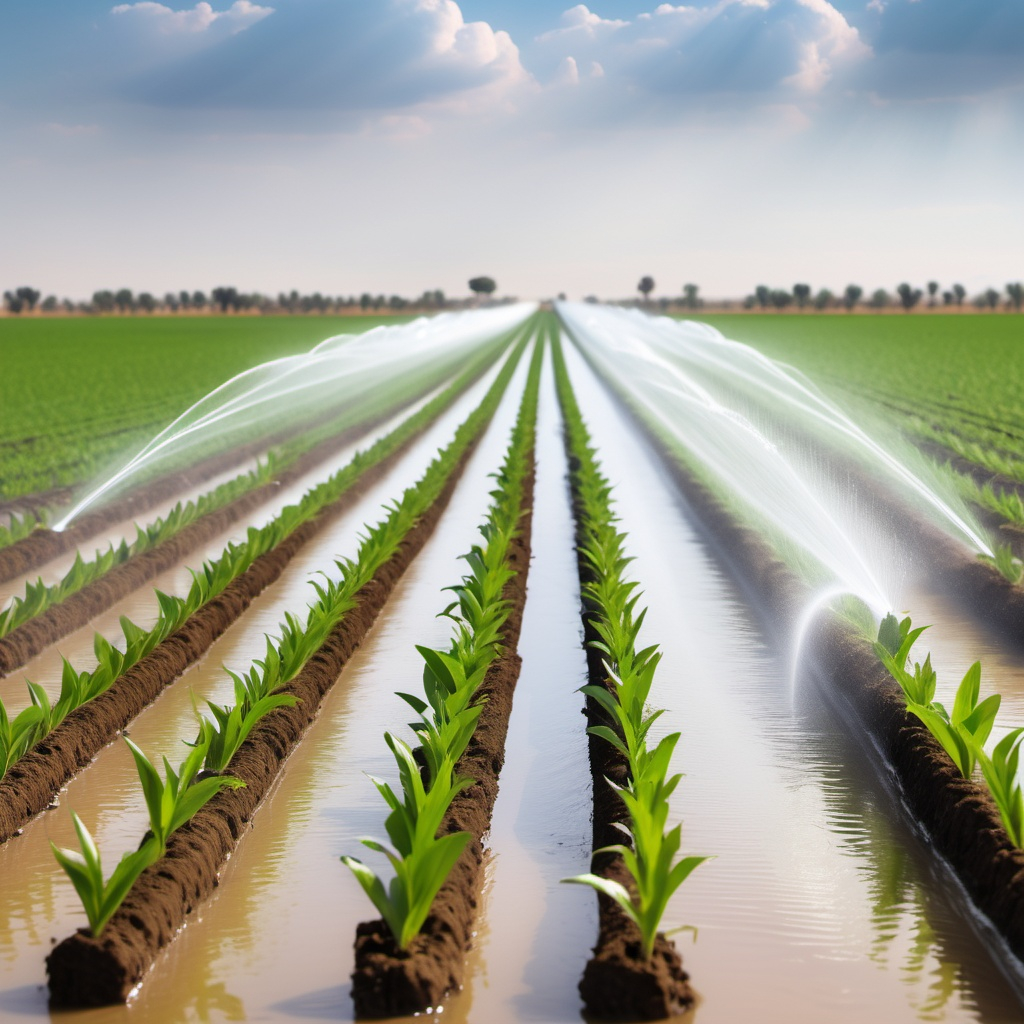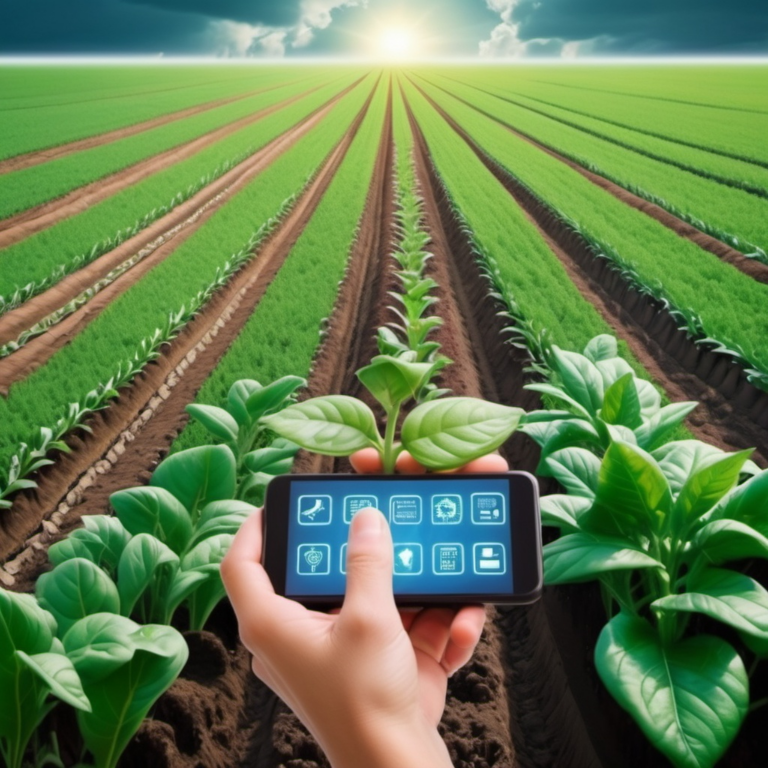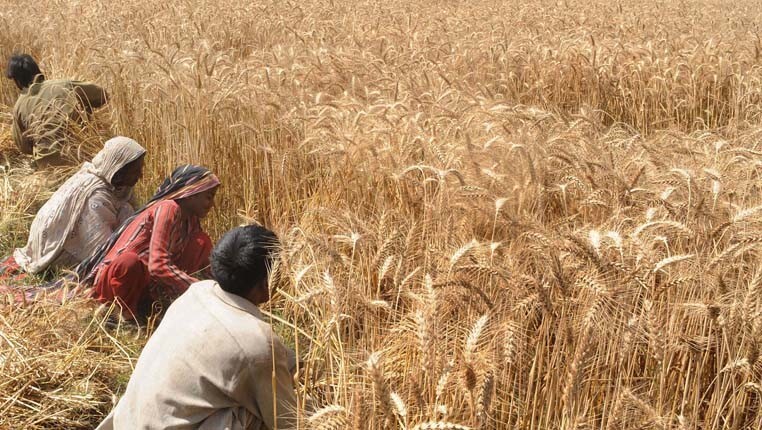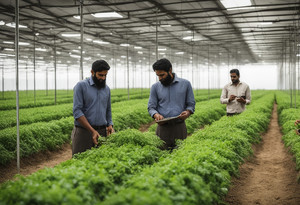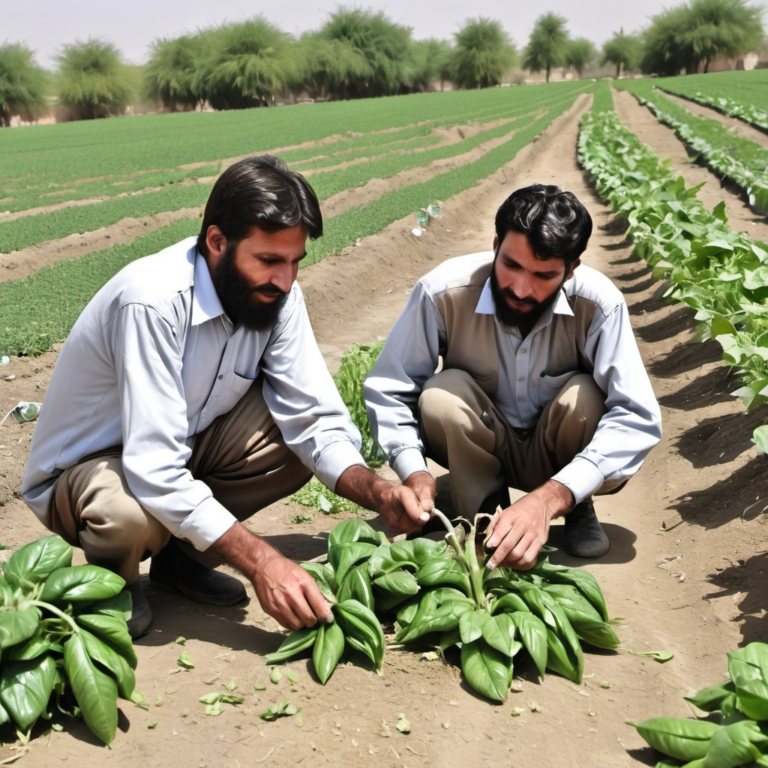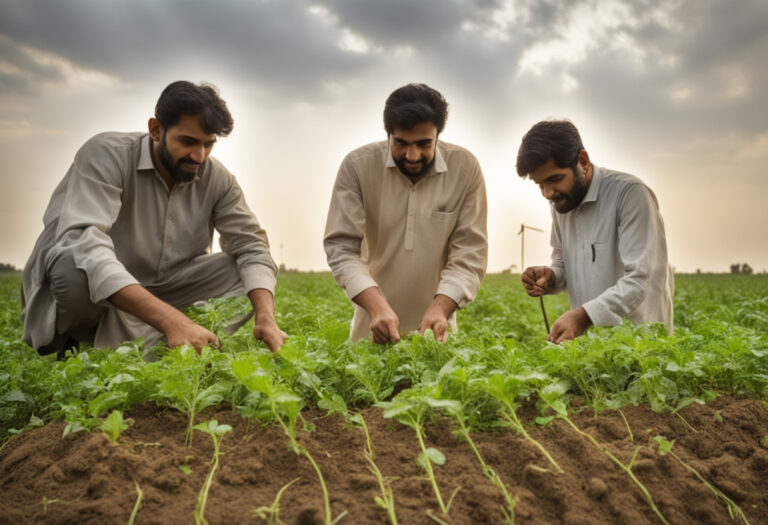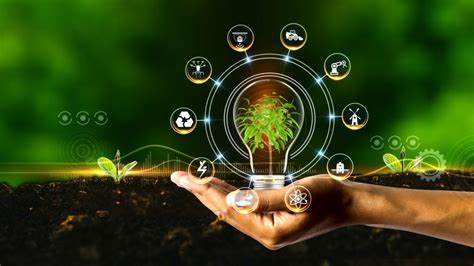Innovations in Sustainable Irrigation Techniques for Enhanced Crop Productivity
Sustainable irrigation practices are becoming increasingly vital in agriculture to enhance crop productivity while conserving water and preserving environmental balance. As the global population continues to grow and climate change exacerbates water scarcity, innovative irrigation techniques play a pivotal role in ensuring food security. These techniques not only improve water-use efficiency but also contribute to sustainable farming by reducing waste, lowering costs, and promoting long-term environmental stewardship.
1. Drip Irrigation: Precision and Efficiency
Drip irrigation is one of the most effective and sustainable methods for delivering water directly to the root zone of crops. This system utilizes a network of pipes, tubing, and emitters to apply water slowly and evenly. The precision of drip irrigation reduces water wastage by minimizing evaporation and runoff. It also lowers the likelihood of soil erosion, nutrient leaching, and weed growth, all of which are common problems in traditional flood irrigation.
In arid and semi-arid regions where water is scarce, drip irrigation has shown tremendous promise. Farmers can customize the flow rate based on crop requirements, leading to enhanced crop yields with less water. Additionally, the use of fertigation—injecting fertilizers into the drip system—enables precise nutrient delivery, boosting productivity while maintaining soil health.
2. Sprinkler Systems: Controlled Water Distribution
Sprinkler irrigation systems mimic natural rainfall by distributing water evenly over the field. These systems are particularly effective for uneven terrains or crops that need consistent moisture levels. Advanced sprinkler systems now include technologies that adjust the amount of water based on crop stage, weather conditions, and soil moisture levels.
Pivot and linear move sprinklers are often automated and equipped with sensors that monitor real-time environmental conditions, optimizing water distribution. These systems reduce water loss due to evaporation and wind drift, ensuring that a larger percentage of the water applied benefits the crops.
3. Subsurface Irrigation: Reducing Evaporation Loss
Subsurface drip irrigation (SDI) is a variant of drip irrigation that involves burying the drip lines beneath the soil surface. By delivering water directly to the root zone below the surface, SDI reduces evaporation, one of the primary causes of water loss in traditional irrigation. This technique is highly effective in conserving water in hot climates and improves plant growth by maintaining consistent soil moisture.
Moreover, SDI reduces the risk of diseases and pests that thrive in overly wet environments by keeping the surface soil dry. This method is particularly useful for high-value crops such as fruits and vegetables, where water conservation and yield optimization are critical.
4. Soil Moisture Sensors and Automated Irrigation Systems
The integration of technology in irrigation practices has led to the development of automated systems that rely on soil moisture sensors. These sensors provide real-time data on the soil’s water content, allowing farmers to make informed decisions about when and how much to irrigate. Automated irrigation systems connected to these sensors can be programmed to apply water only when necessary, preventing over-irrigation or under-irrigation.
Smart irrigation systems can be controlled remotely, allowing farmers to monitor their fields from anywhere. This technology reduces labor costs and ensures that water is applied more accurately and efficiently, directly benefiting crop health and productivity.
5. Rainwater Harvesting and Reuse
Another sustainable irrigation innovation is rainwater harvesting, which involves collecting and storing rainwater for future use in irrigation. This practice is especially beneficial in regions with irregular rainfall patterns. Farmers can install collection systems such as ponds or tanks to capture runoff from fields, rooftops, or other surfaces. The stored water can then be used during dry periods, reducing reliance on groundwater and other freshwater sources.
In combination with other sustainable irrigation techniques, rainwater harvesting enhances water availability, mitigates the risk of drought, and promotes resilience in farming practices.
Innovations in sustainable irrigation techniques are transforming agriculture by improving water-use efficiency and enhancing crop productivity. Drip and sprinkler systems, subsurface irrigation, soil moisture sensors, and rainwater harvesting are leading the way in modern, sustainable farming practices. These methods not only conserve precious water resources but also ensure long-term environmental sustainability and economic viability for farmers worldwide. By adopting these innovative techniques, the agricultural sector can meet the growing demand for food in a more responsible and resilient manner.

